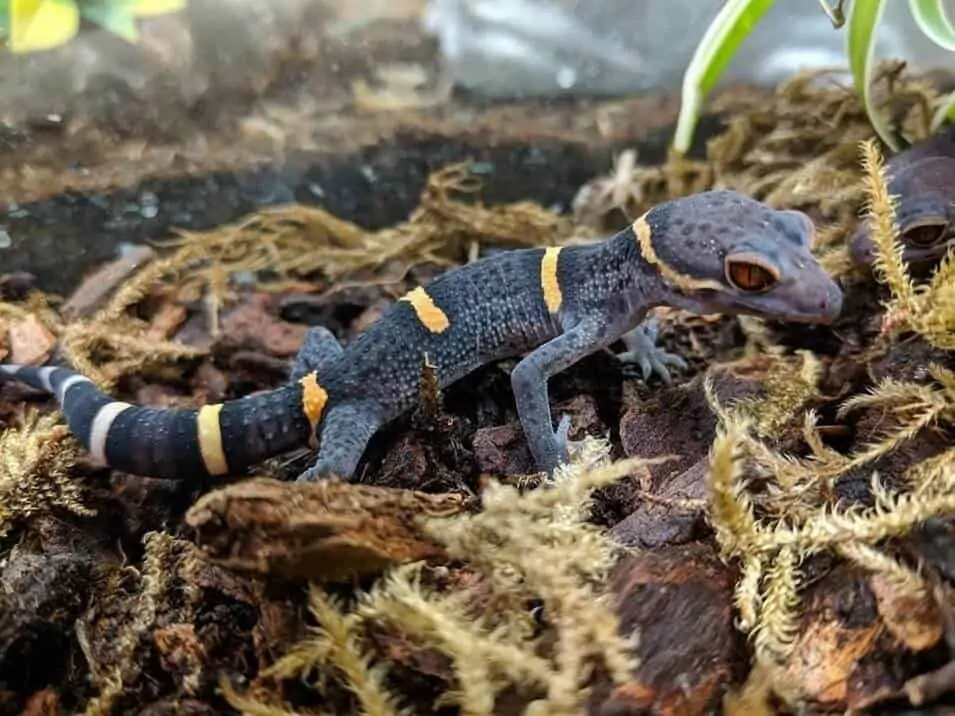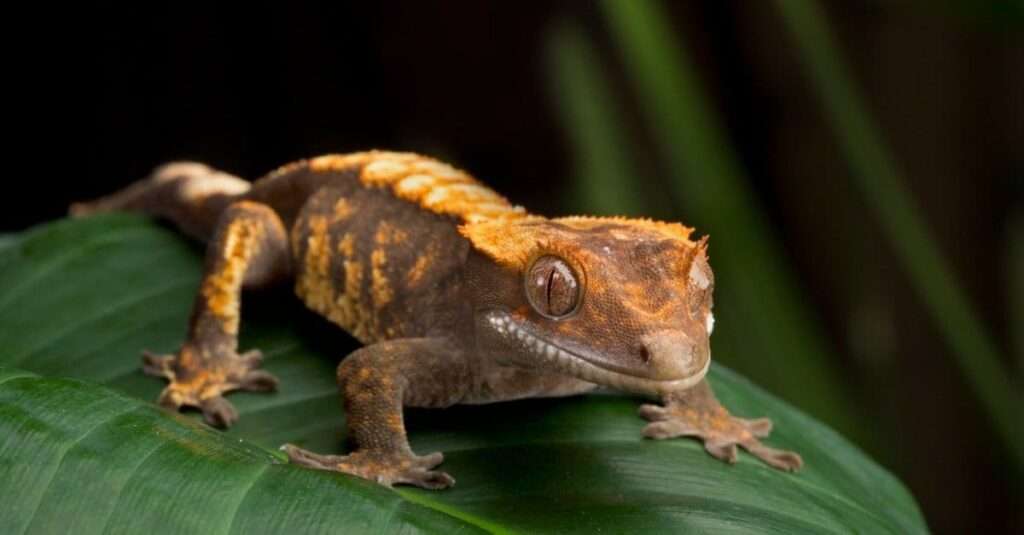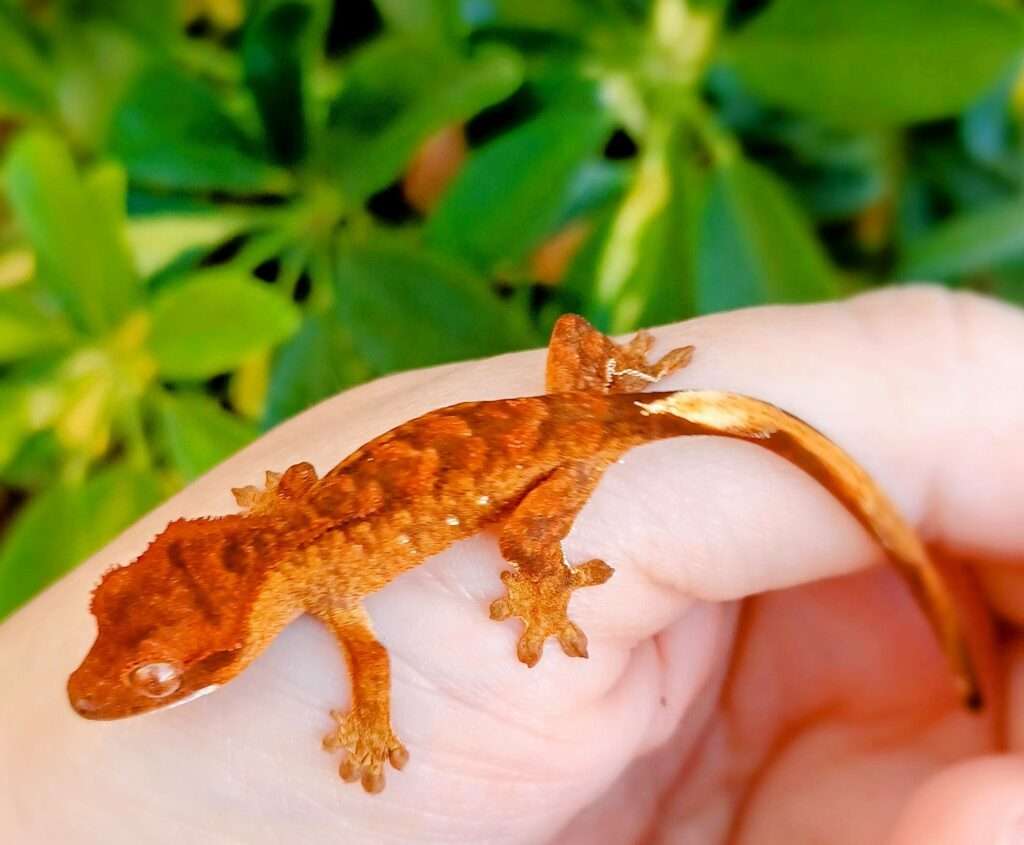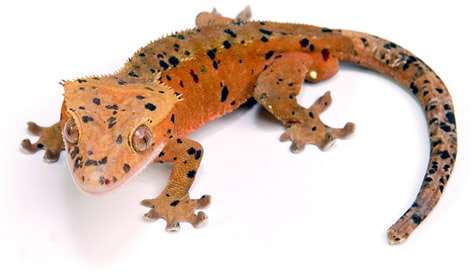
Description:
Scientific name: Goniurosaurus hainanensis
Life span: 10-15 years
The “Chinese Cave Gecko,” also known as Goniurosaurus hainanensis, is a nocturnal species of gecko that is unique to the Chinese island of Hainan. Chinese cave gecko, Hainan cave gecko, or just cave gecko are some of its common names.
Similar to the more well-known leopard gecko, a member of the family Eublepharidae, they often feature huge red eyes that range from maroon to crimson and moveable eyelids. These creatures often have a gray coloration with black patches and yellow or orange streaks in the dorsal region. Some people become almost completely gray as they age because they lose their color. The ventral region is transparent and virtually white. Rocks and rain forest cliffs may be easily climbed thanks to the five claws on the fingers.
Native Region/Habitat
The “Chinese Cave Gecko,” also known as Goniurosaurus hainanensis, is a nocturnal species of gecko that is unique to the Chinese island of Hainan.

Behavior:
Chinese cave geckos are timid, gentle, and nocturnal creatures that only emerge to climb and explore their home at dusk and dawn. The geckos thrive in communal aquariums with other members of their own kind. Children perform better in large groups than adults. Keep adult geckos apart or a pair if a male is present.
Care As a pet/In captivity:
Habitat size: As much space as feasible should be available for exercise and natural behavior. For one adult, the minimum habitat dimensions are 30″ L × 12″ W x 12″ H. Chinese cave geckos can be kept alone, with one or more females in a group, or with a male and one or more females. To avoid territorial conflict, enclosures for small groups should be double the recommended minimum size.
Humidity: Chinese cave geckos are native to humid, tropical settings, and depending on the species, they need moderately high humidity to flourish. Keep the environment’s humidity between 60 and 80 percent by spraying plants and other decor as often as necessary each day; use a humidity gauge to keep track of the humidity. Make sure there is adequate airflow to stop the growth of bacteria and fungus. Geckos lick water droplets off of their eyes, noses, and leaves. A small dish of water on the habitat’s floor will assist in maintaining humidity as it evaporates; a dry environment makes it difficult for animals to shed.
Temperature:
Chinese cave geckos thrive in a temperature gradient of 80–82°F during the day in the basking/warm zone and 70–75°F during the cool zone; at night, temperatures can drop to 68–70°F. Use at least two thermometers to keep an eye on the temperature—one in the cold area and the other in the hot (basking) area. An incandescent lightbulb, a ceramic heat bulb, or an under-tank heating pad can all give heat.
To control temperatures, heat sources should be connected to thermostats; thermostats are particularly crucial when using heating pads, which can become hot and result in burns through the tank floor if not controlled properly. Because they can burn reptiles, hot rocks should never be utilized as a source of heat. Lack of proper temperature maintenance increases the risk of immunosuppression and illness in reptiles.
Feeding: A variety of live insects, such as gut-loaded (recently fed) crickets, mealworms, calci-worms, black army fly larvae, butterworms, Dubia roaches, and waxworms, make up a healthy Chinese cave gecko’s diet.
Table





